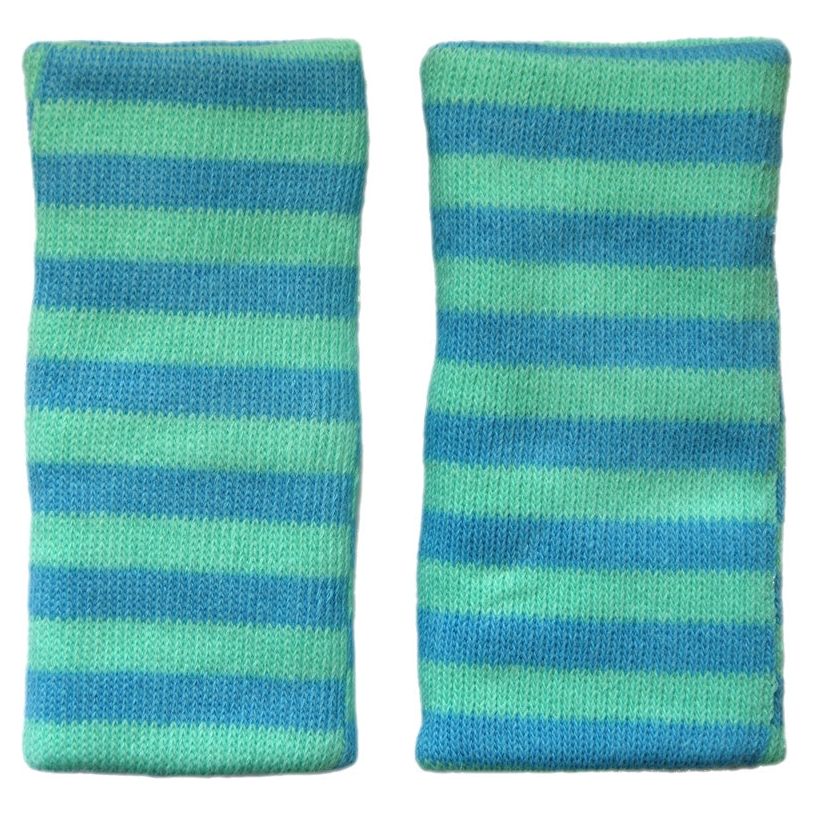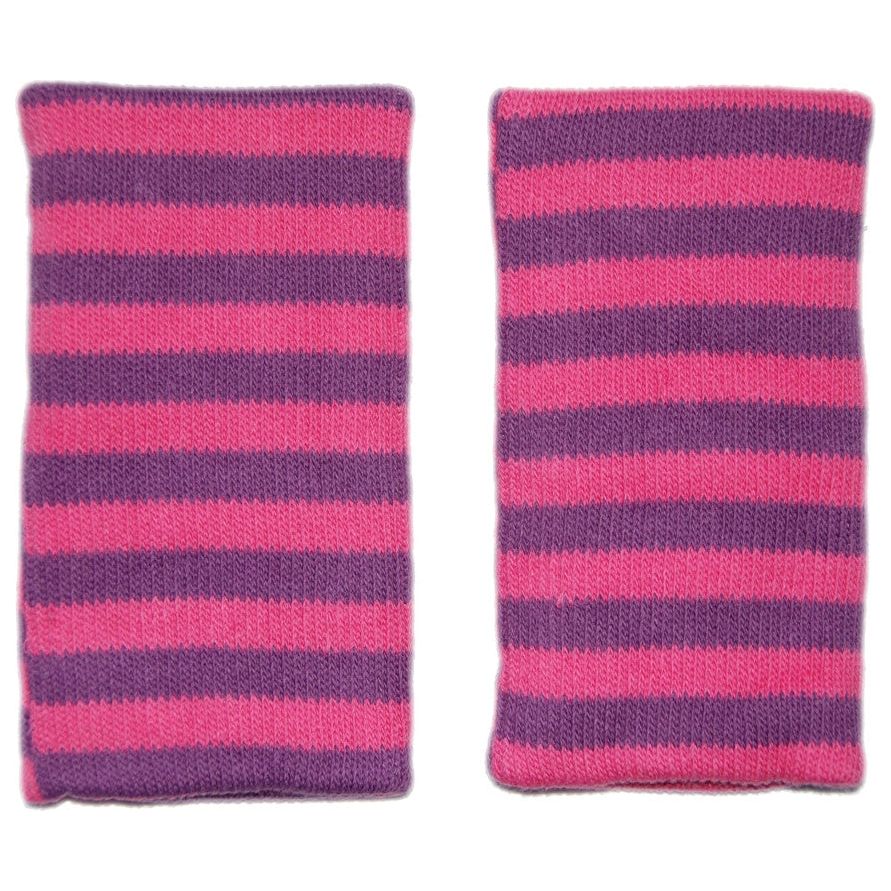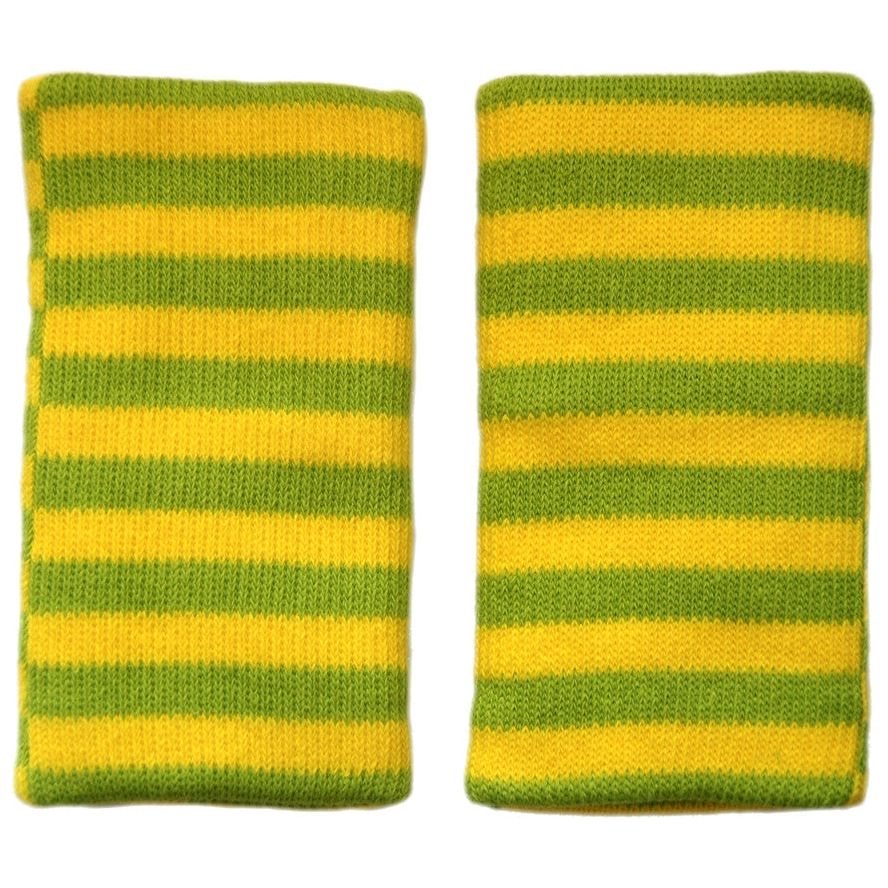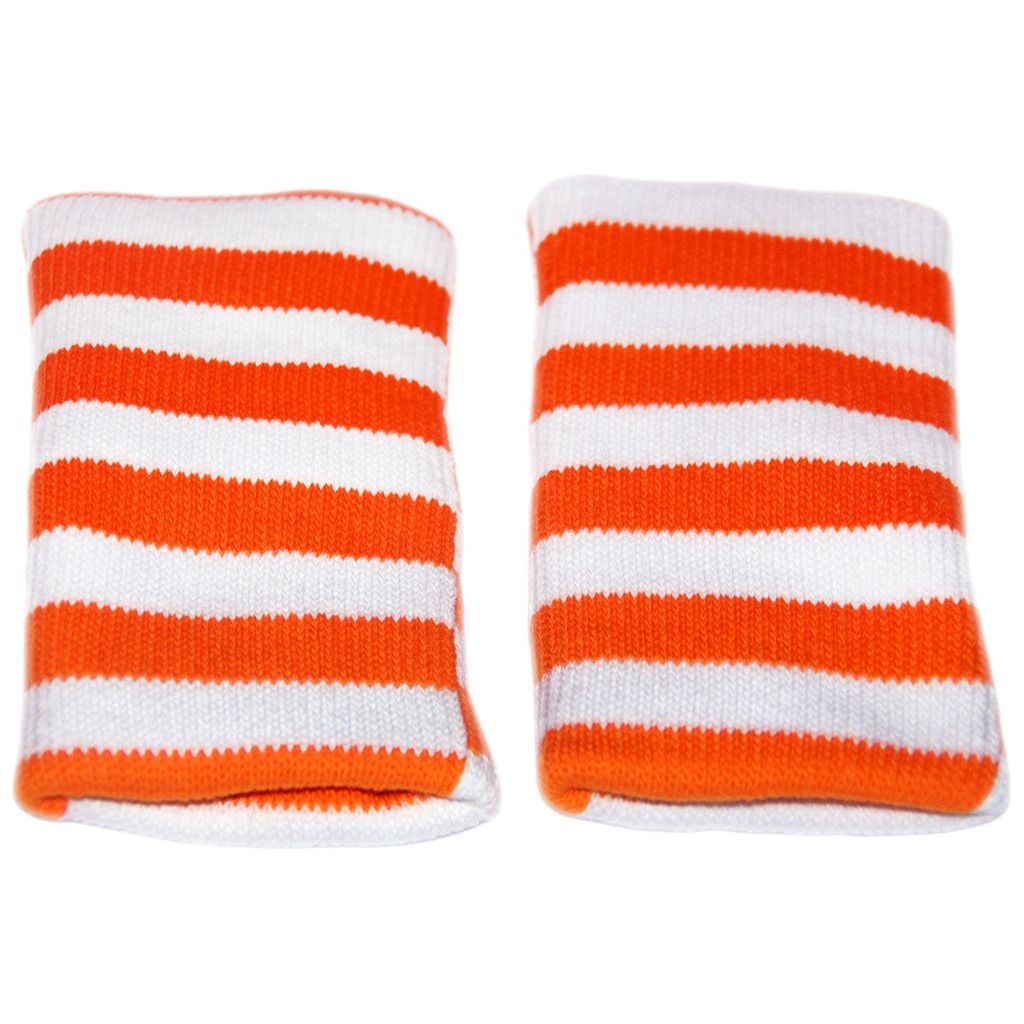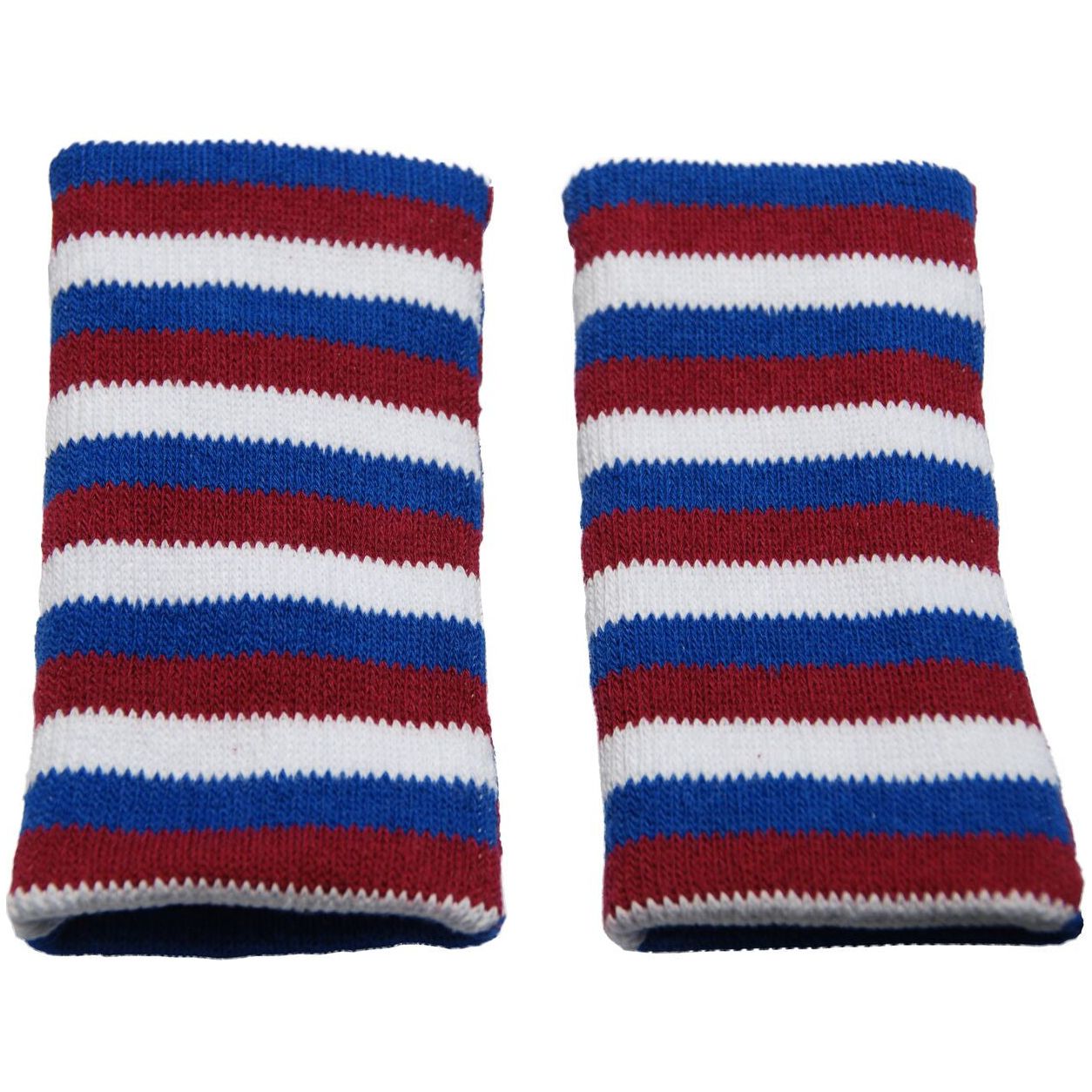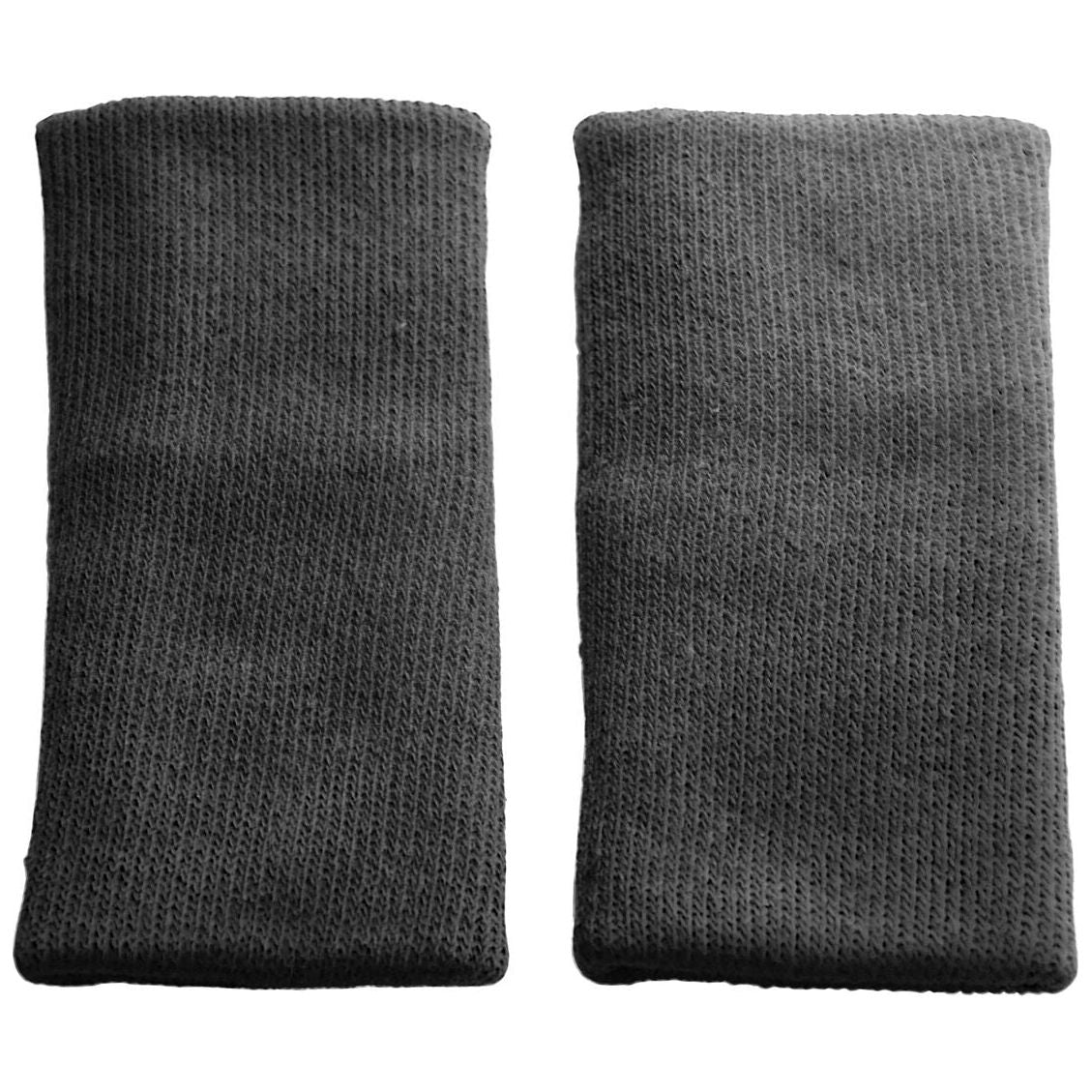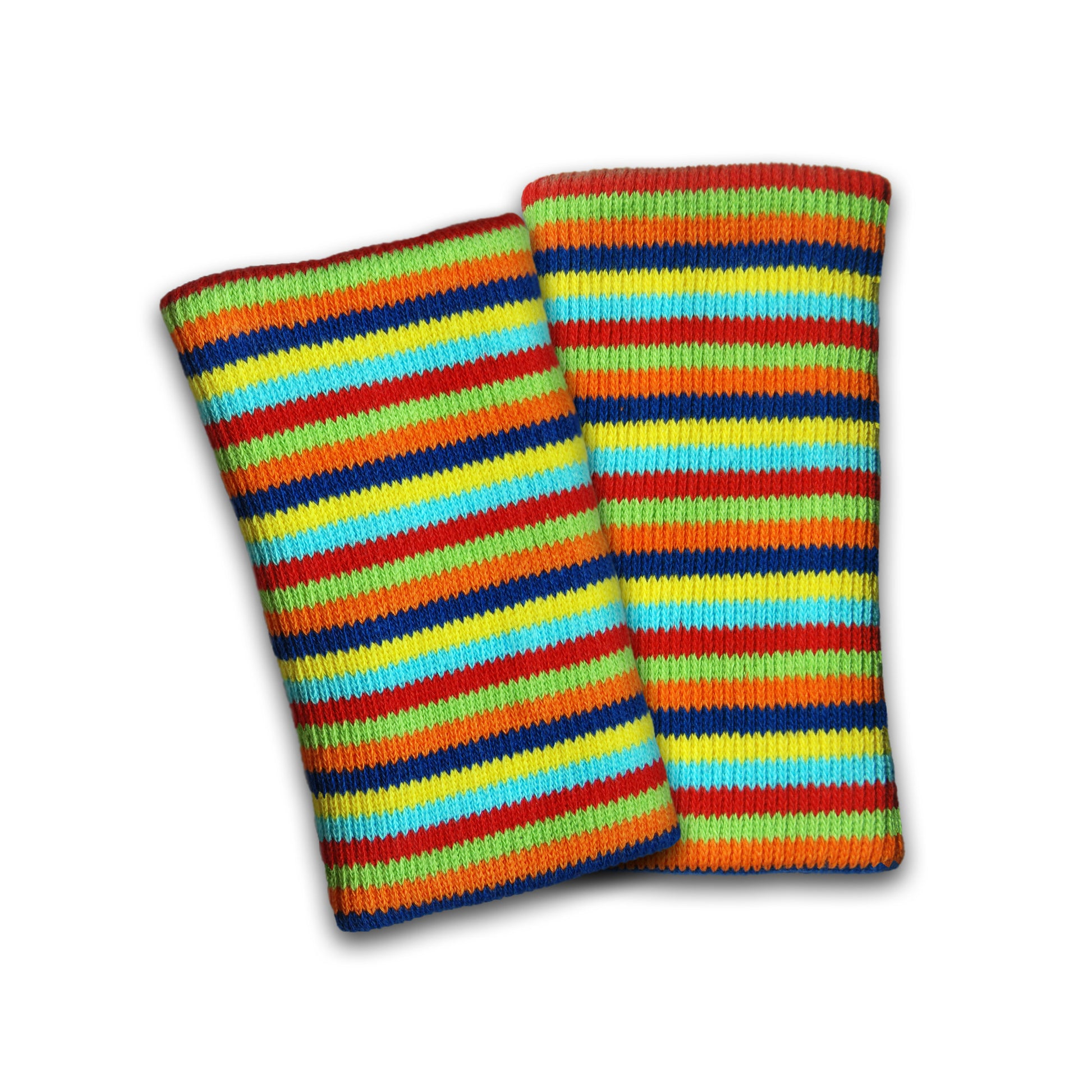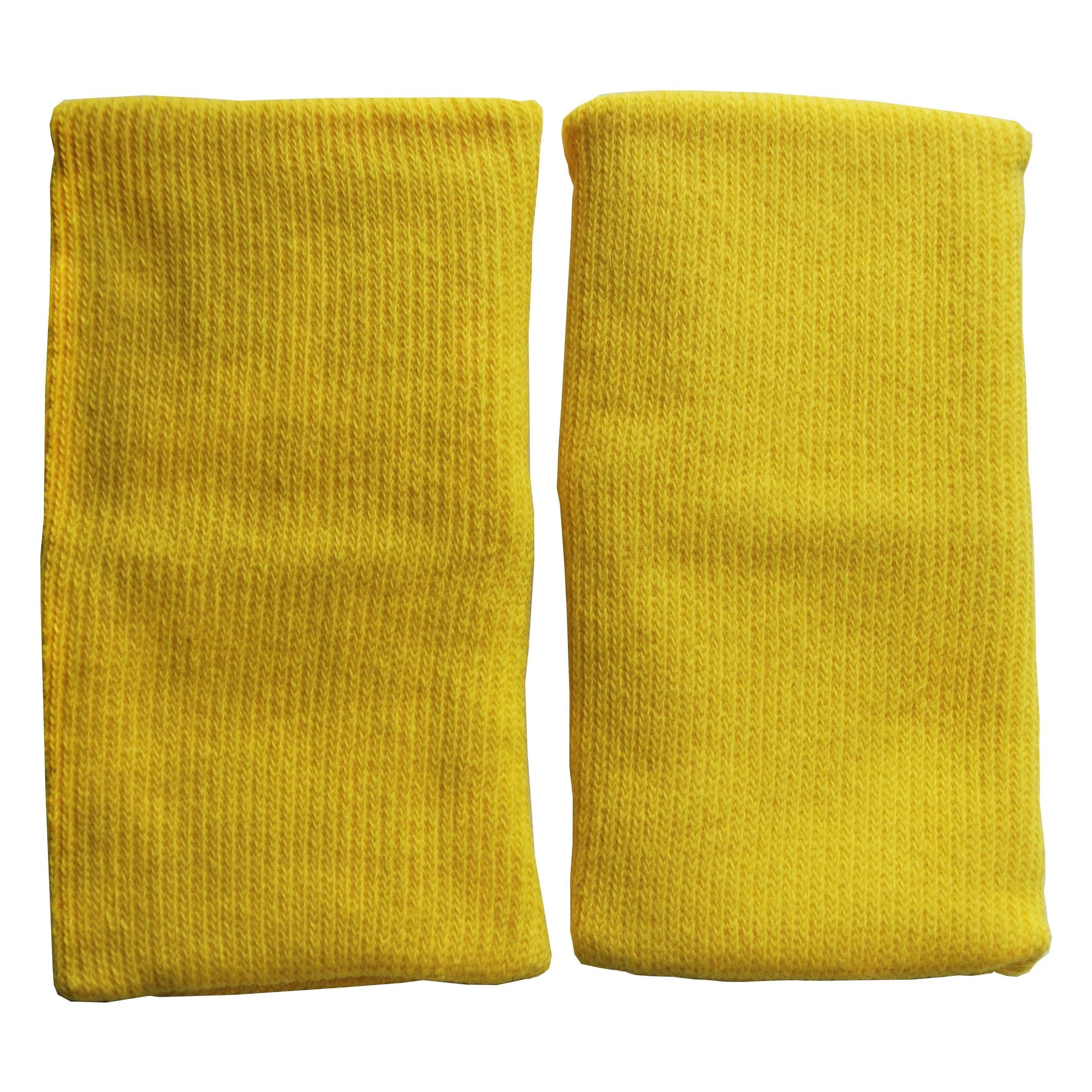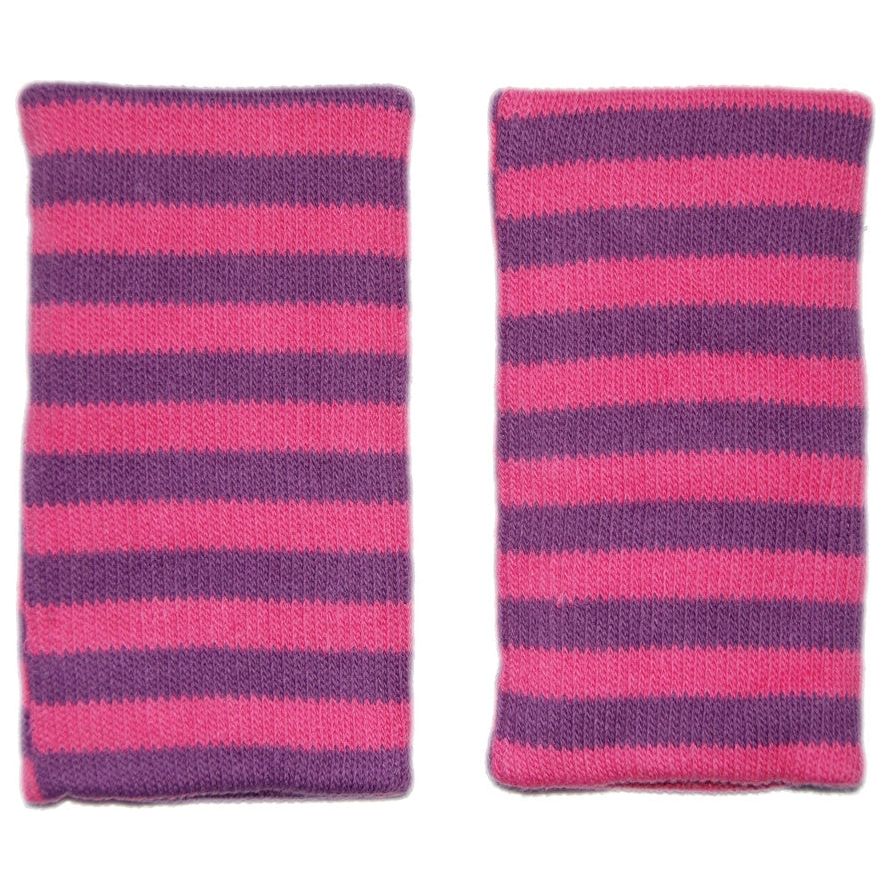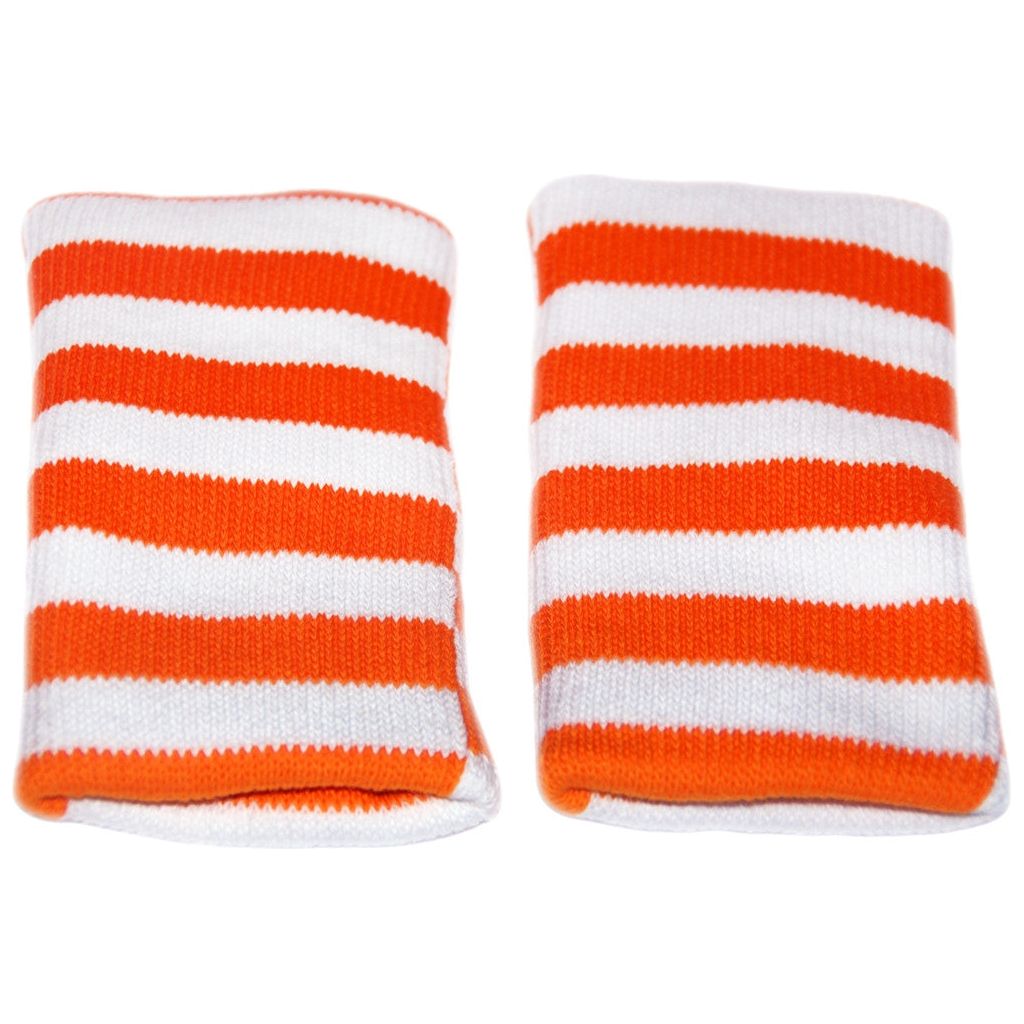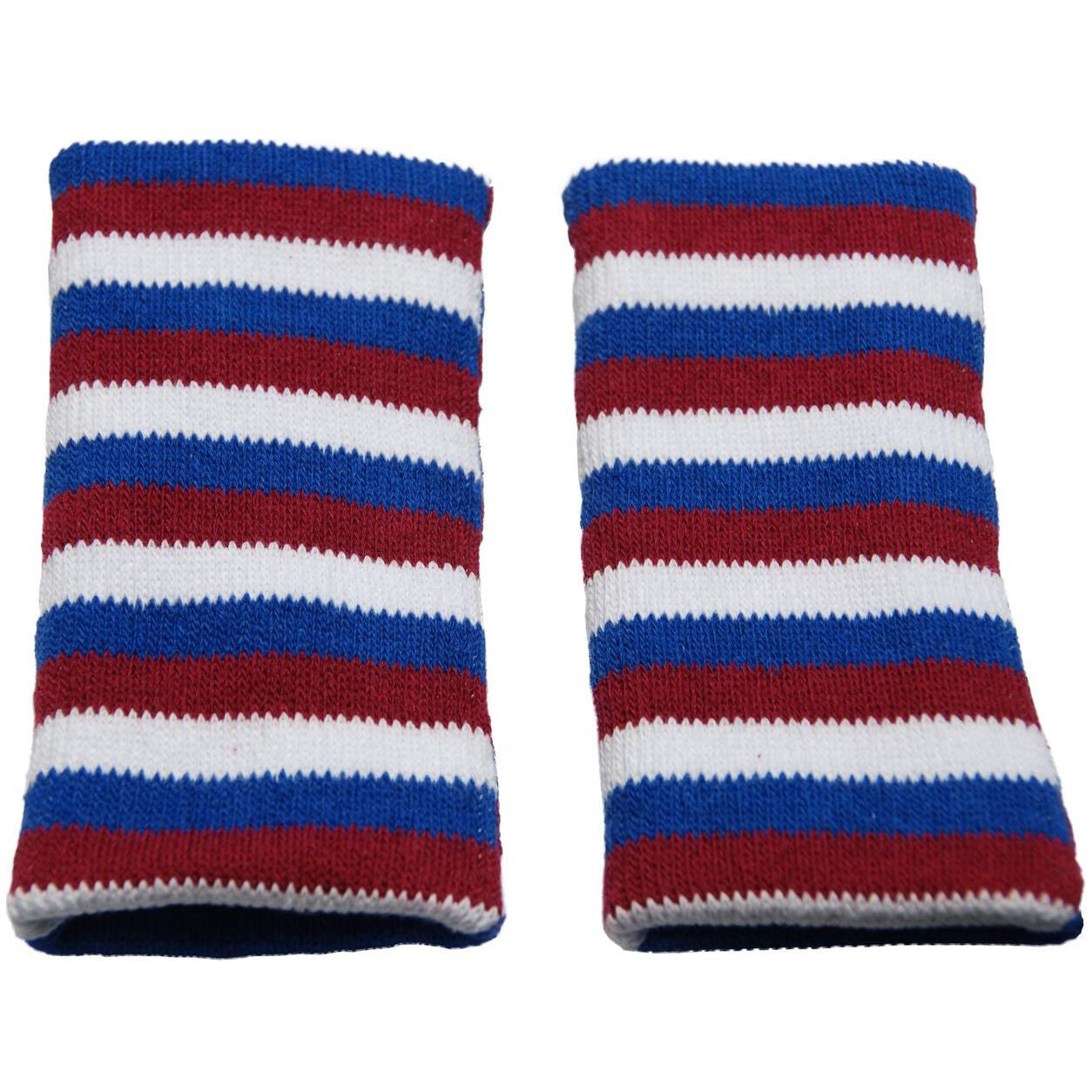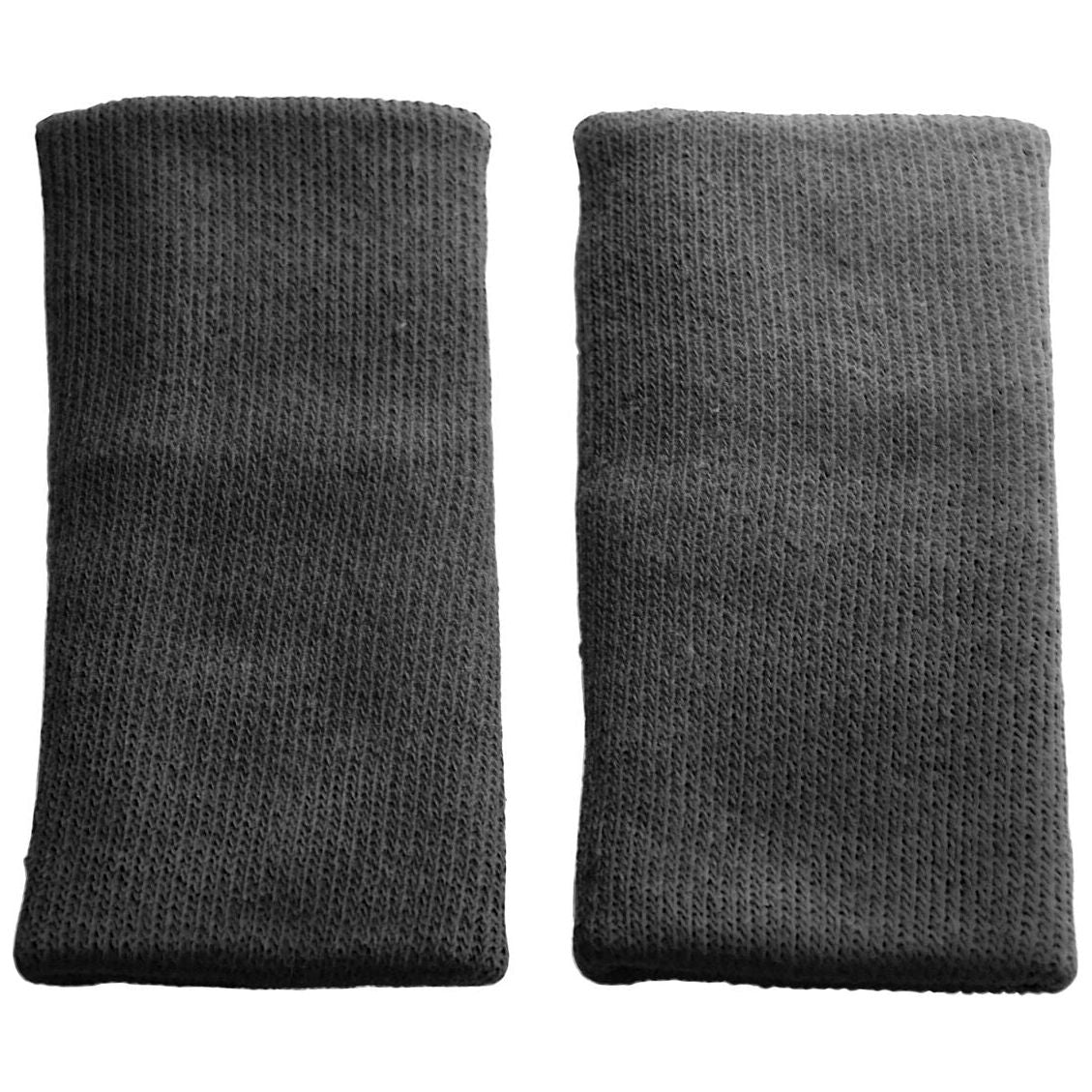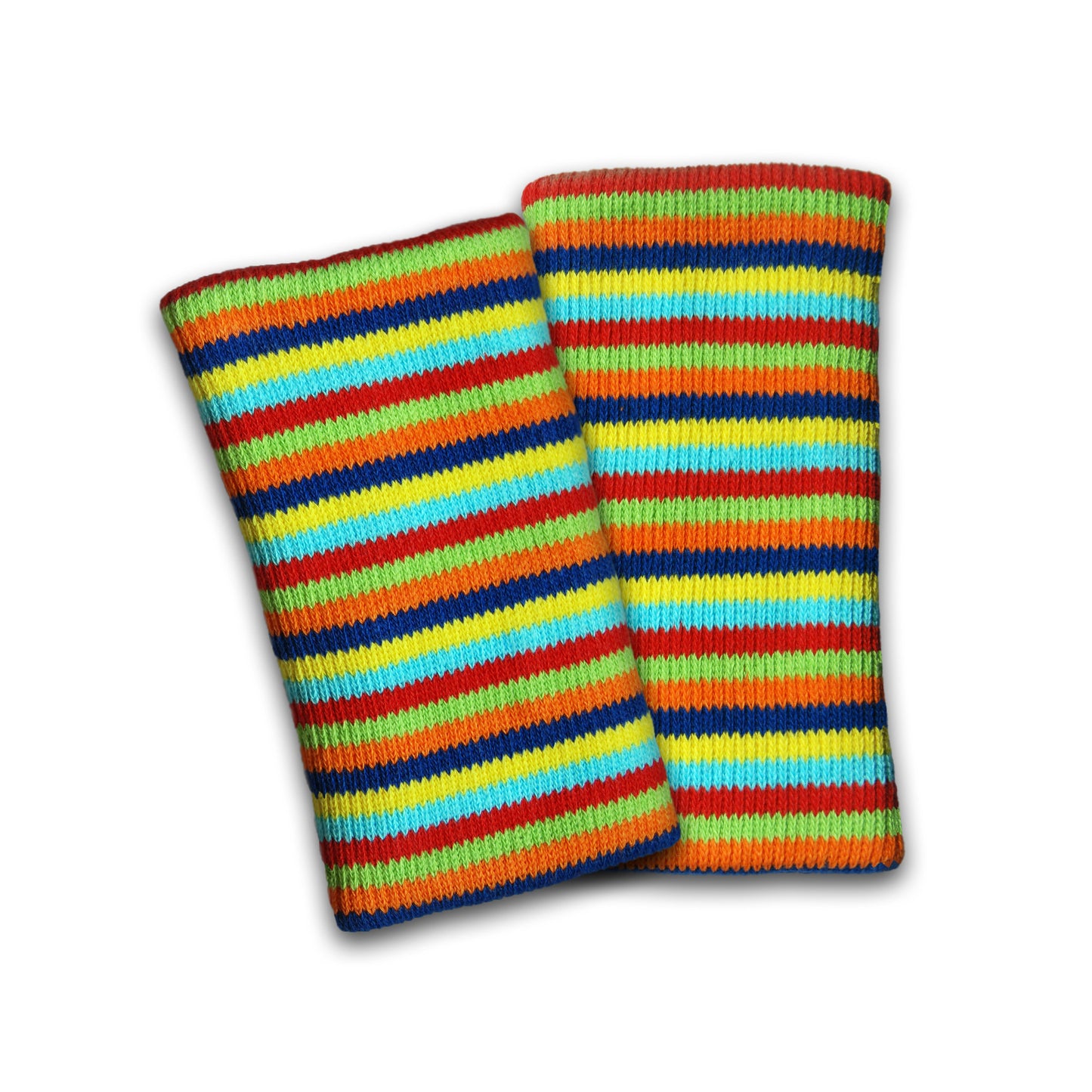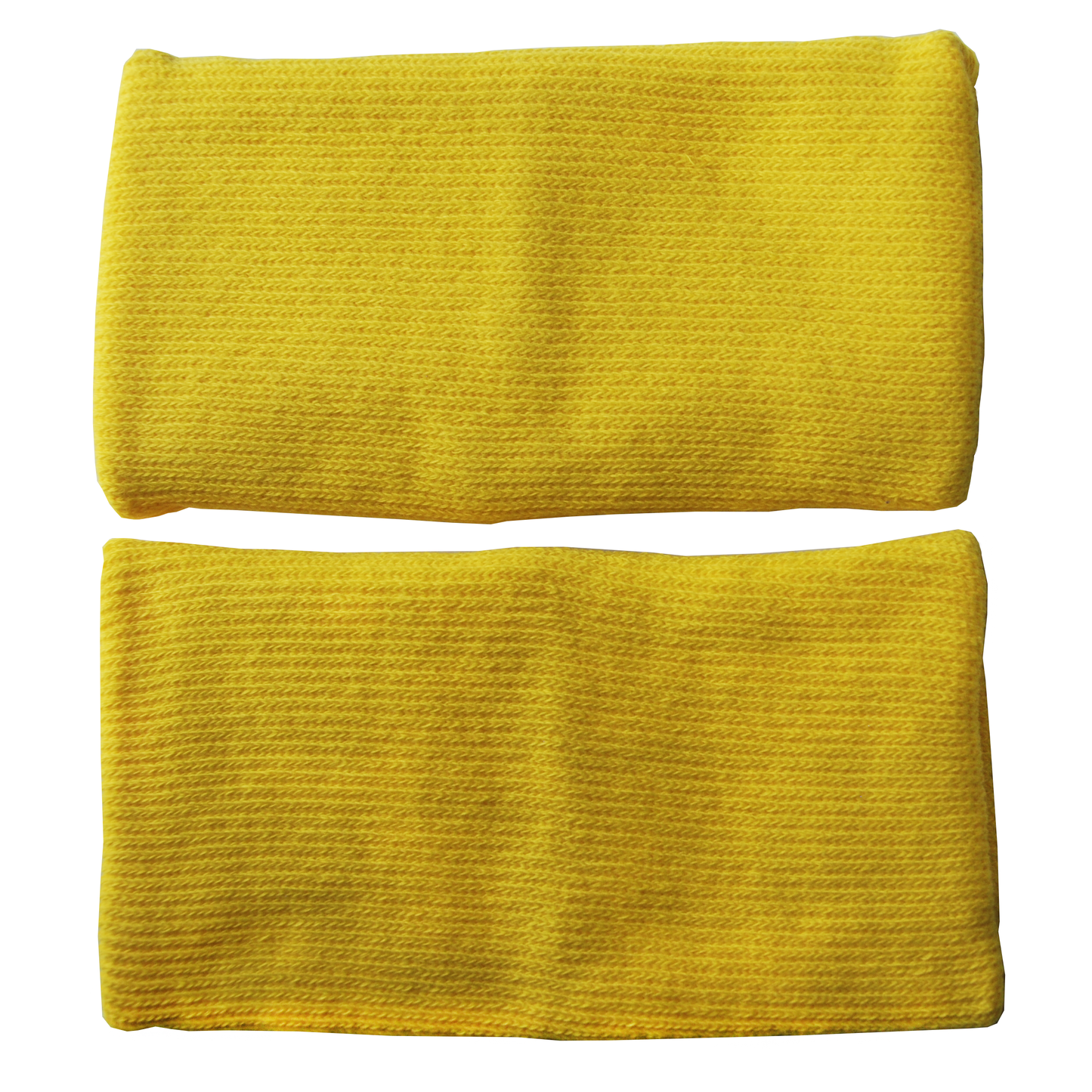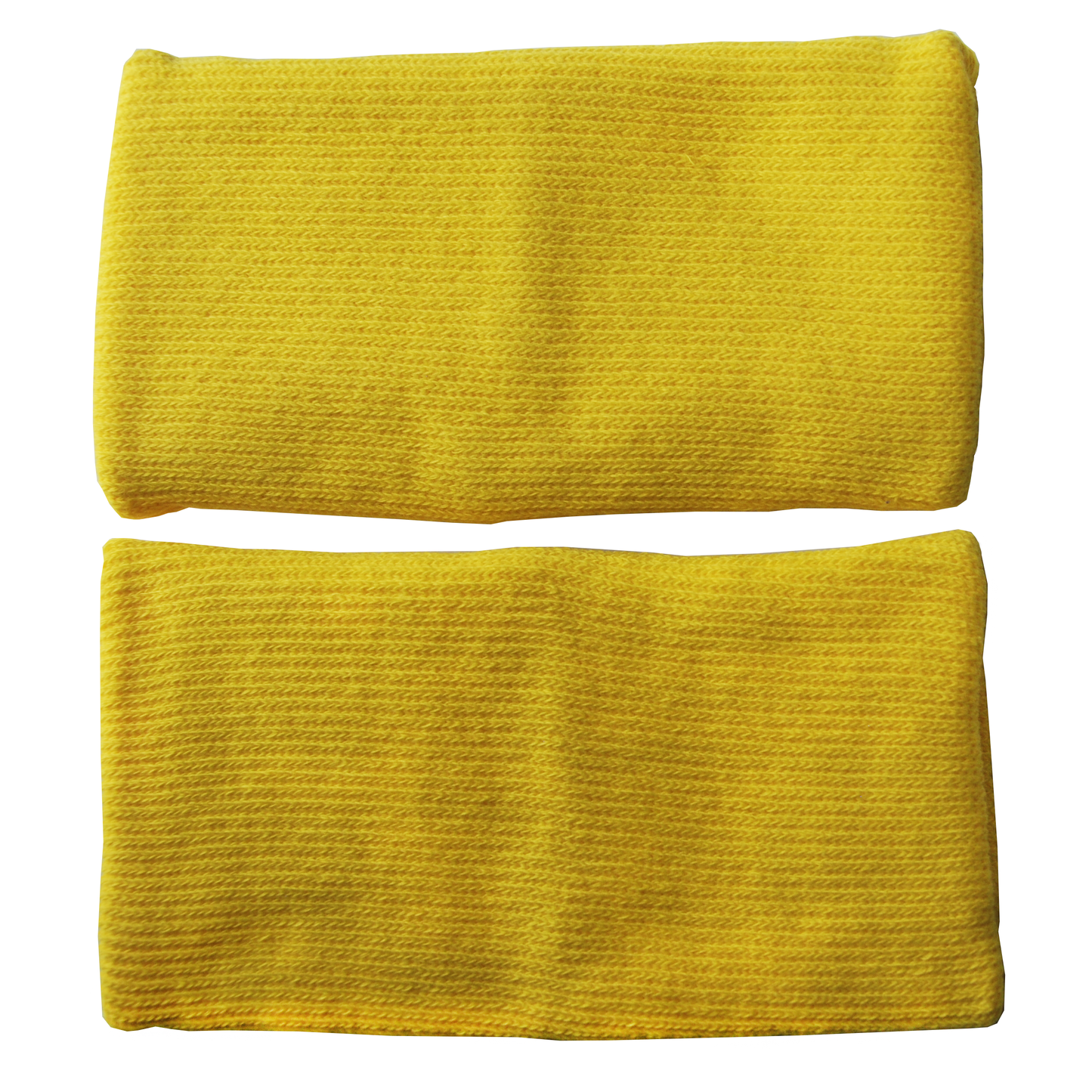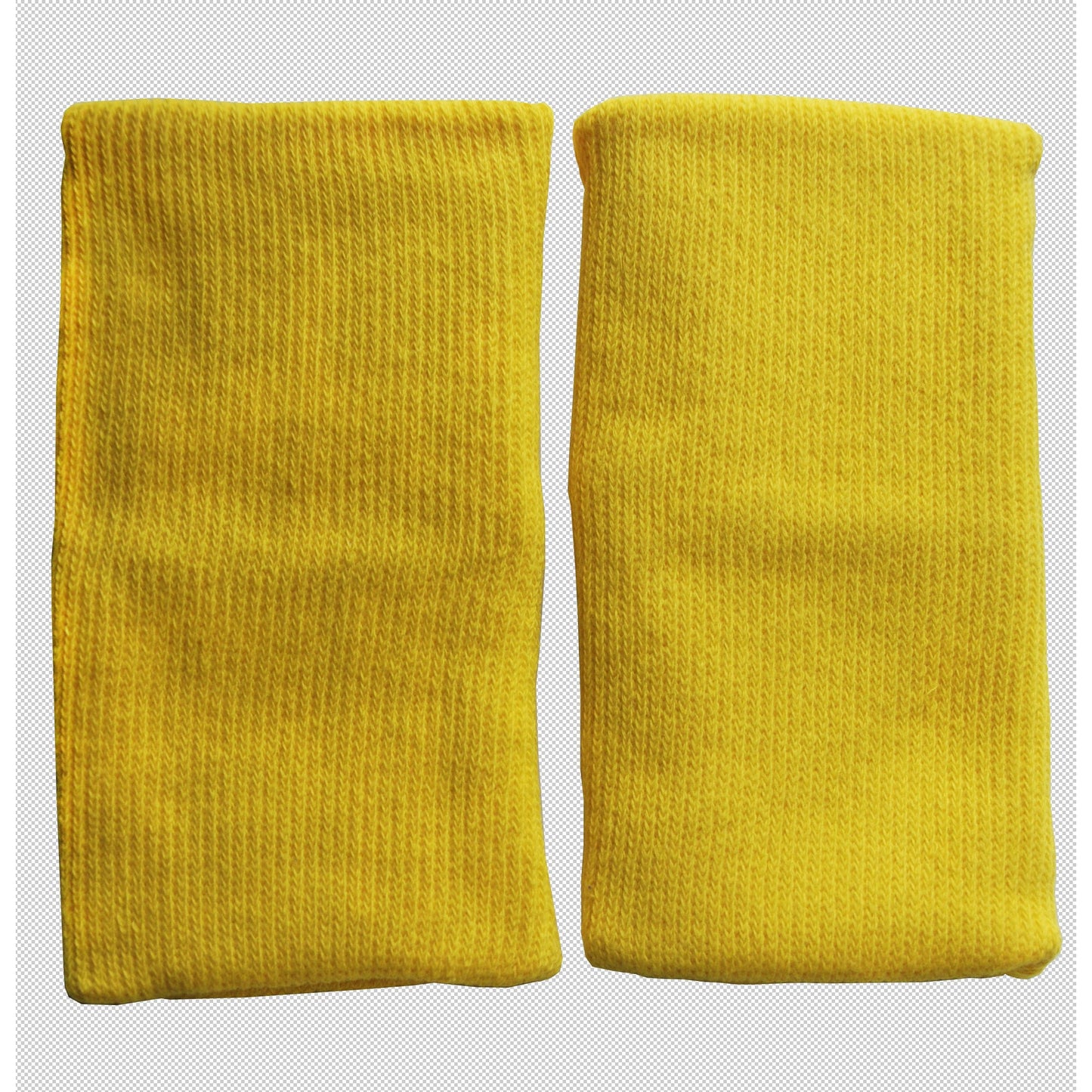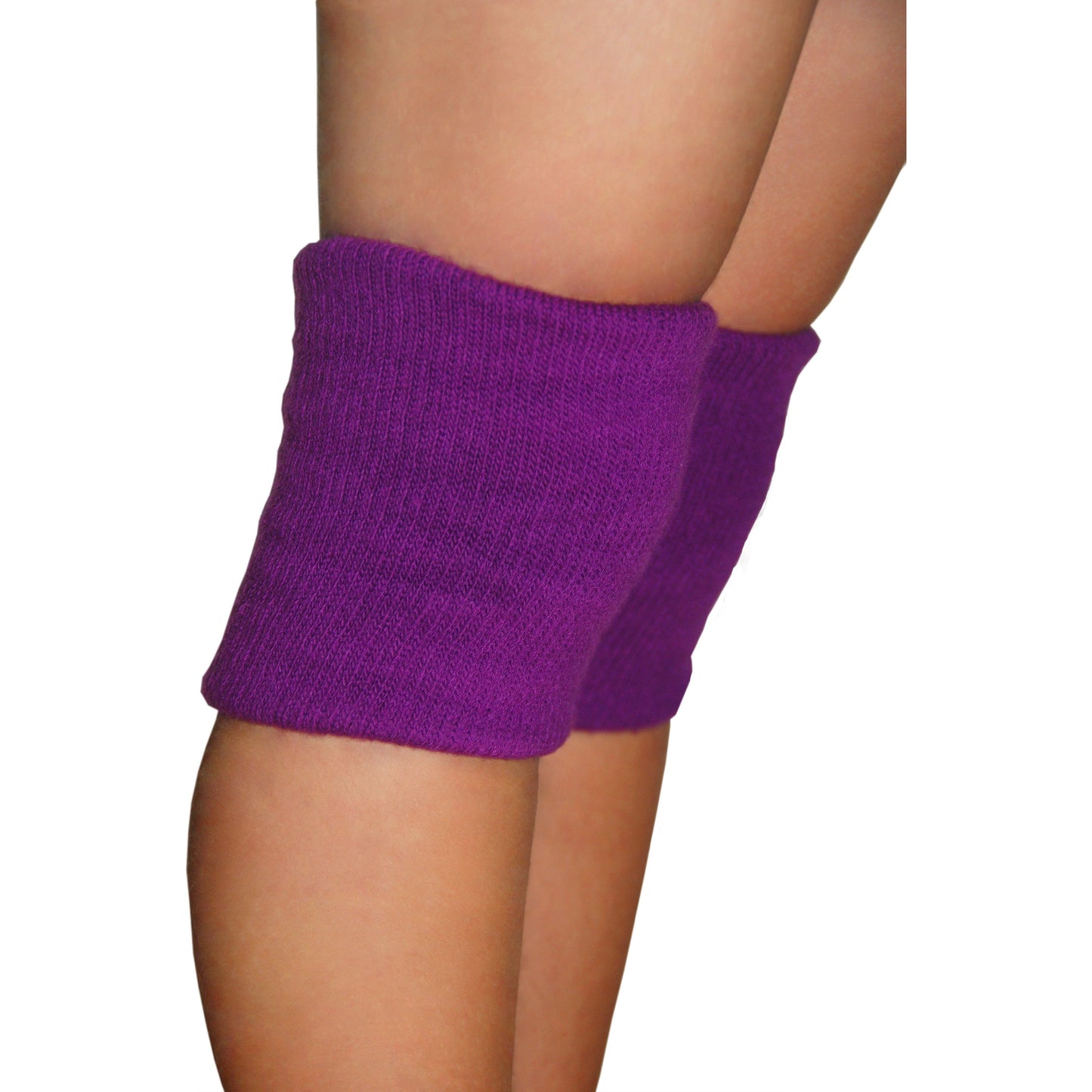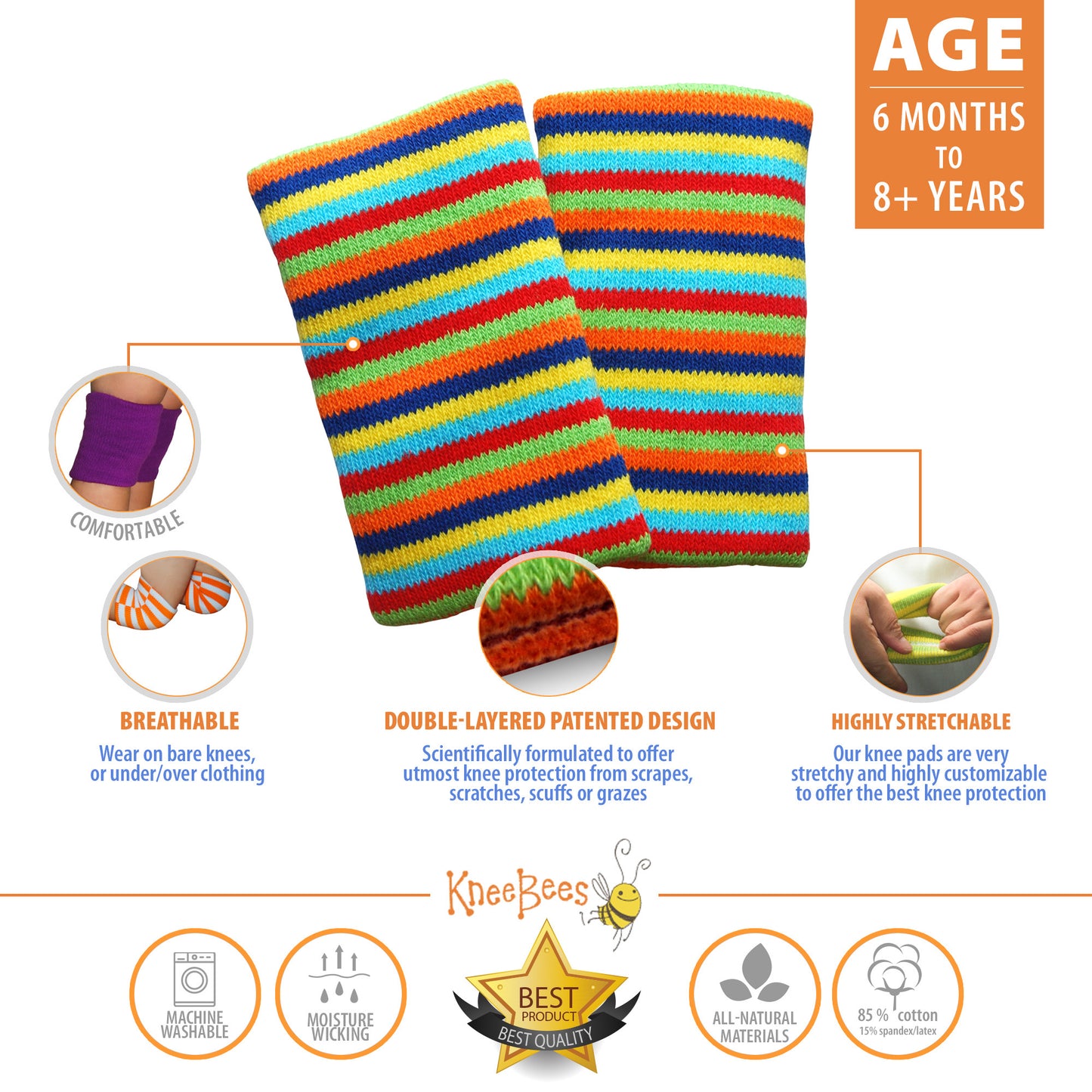Protect Our Children From Food Poisoning
Share
Great information on food safety and children, found on USDA website. With the help of information below we can teach children how to handle and store food safely, as well as effectively protect our loved ones from food poisoning,
"Food Safety After School
The kitchen is often the first place children go when they get home from school, but it's not always the safest place. Millions of children become ill from the food they eat. Here are some food safety recommendations from the U.S. Department of Agriculture (USDA) to help keep kids safe after school.
Q. What kitchen practices help keep school-age children from becoming ill?
A. The Food Safe Families campaign, launched in June 2011, is a partnership of USDA's Food Safety and Inspection Service (FSIS), the U.S. Food and Drug Administration (FDA), and the Centers for Disease Control and Prevention (CDC) to help families prevent food poisoning in the home. These practices help children stay food safe after school.
Safe steps in food handling, cooking, and storage are essential to prevent foodborne illness. You can't see, smell, or taste harmful bacteria that may cause illness. In every step of food preparation, follow these four guidelines to keep food safe:
Clean. Wash hands and surfaces often.
Separate. Separate raw meat, poultry, and egg products from cooked foods to avoid cross-contamination.
Cook. Raw meat, poultry, and egg products need to be cooked thoroughly. Use a food thermometer to ensure foods have reached a high enough temperature to kill any harmful bacteria that might be present.
Chill. Refrigerate promptly.
Q. Why are children at risk of food poisoning?
A. Everyone is at risk for food poisoning — an illness that comes from eating contaminated food. However, some people, such as young children, are at greater risk for experiencing a more serious illness or even death should they get a foodborne illness. A child's immune system (the body's defense to detect and destroy pathogens) is not as developed as an adult's.
Q. What are the complications for children with food poisoning?
A. Symptoms of food poisoning may occur within minutes to weeks after consuming contaminated food and often present themselves as flu-like symptoms, such as nausea, vomiting, diarrhea, or fever. Because the symptoms are often flu-like, many people may not recognize that the illness is caused by harmful bacteria or other pathogens in food. Some microorganisms, such as Listeria monocytogenes and Clostridium botulinum, cause far more serious symptoms than vomiting and diarrhea.
In some people, especially children, hemolytic uremic syndrome (HUS) can result from infection by a particular strain of bacteria, E. coli O157:H7, and can lead to kidney failure and death. HUS is a rare disorder that affects primarily children between the ages of 1 and 10 years and is the leading cause of acute renal failure in previously healthy children. A child may become infected after consuming contaminated food or beverages, such as meat, especially undercooked ground beef; unpasteurized juices; contaminated water; or through contact with an infected person. The most common symptoms of HUS infection are vomiting, abdominal pain, and diarrhea, which may be bloody.
Q. How can children avoid food poisoning when preparing food after school?
A. When coming home after school, kids can help prevent illnesses by following these recommendations:
Place books, bookbags, and sporting equipment on the floor, not on eating counters or the kitchen table where germs could be transferred.
Clean out lunch boxes and throw away perishable sandwiches or other "refrigerator type" foods, such as yogurt tubes or cheese sticks, left over from lunch.
Wash your hands before you make or eat a snack. Hands carry lots of germs, and not washing hands is a top cause of foodborne illness.
Always use clean spoons, forks, and plates.
Wash fruits and vegetables with running tap water before you eat them.
Do not eat bread, cheese, or soft fruits or vegetables that are bruised or have spots of mold.
Do not eat unbaked cookie dough because it may contain raw eggs that can have Salmonella bacteria.
Do not leave cold items, like milk, lunchmeat, hardcooked eggs, or yogurt, out on the counter at room temperature. Put these foods back in the refrigerator as soon as you've fixed your snack.
Don't eat any perishable food left out of the refrigerator, such as pizza — even if it isn't topped with meat. Food should not be left in the temperature "Danger Zone" of 40 to 140 °F for more than 2 hours (1 hour if the temperature is 90 °F or higher).
Q. Why should you put food back in the refrigerator as soon as possible?
A. Bacteria need time and the right environment to grow and multiply, such as moisture and warmth. Most foodborne illness-causing organisms grow quickly above 40 °F. Scientific studies show that some bacteria can double their numbers every 20 minutes at temperatures above 40 °F. In a few hours, bacteria on food can cause an illness or form "toxins" that might not be fully destroyed by cooking.
Q. What cautions are important for school children using the microwave?
A. Heating or cooking foods in microwave ovens can present food safety and personal safety challenges. Some foods do not heat evenly to destroy all bacteria that could be present. Keep these tips in mind to prevent food poisoning:
Read package directions carefully. Aadults should know the wattage of the oven and tell children whether to use the minimum or maximum cooking time on food package directions.
Use only microwave-safe cookware. Don't put metal or foil-wrapped foods in the microwave. Never microwave food in cold storage containers, such as margarine tubs, cottage cheese cartons, or bowls from frozen whipped topping. The containers can melt and transfer harmful chemicals into the food.
For more even cooking and to better destroy bacteria, cover a dish of food with a lid, plastic wrap, or wax paper. Turn up one corner to let excess steam escape while food is microwaving.
Halfway through cooking, rotate food packages and dishes or stir food during microwaving — even if the oven has a turntable. This helps the food cook more evenly and safely.
Personal safety is also a factor when children use microwave ovens to heat or cook food after school. Hospital emergency departments and burn centers report that they are treating many children burned from quick-cooking, microwave-heated noodle and pasta products, such as instant noodles, macaroni-and-cheese, and other similar convenience food products. These burns occur because microwave ovens heat foods to very high temperatures, and the foods and liquids are heated unevenly. These tips can help keep your children safe when using the microwave:
Use pot holders to remove items from the microwave. Microwavable dishes get hot from cooked food.
Steam can burn. Take precautions when removing container lids or plastic wrap so steam doesn't burn their faces and hands.
When reheating leftovers or packaged food, use a food thermometer to make sure food has reached a temperature high enough to destroy harmful bacteria. These foods should reach 165 °F.
Stir all hot drinks, soups, and other stirrable foods before drinking or eating to make sure it doesn't burn their mouth." (info taken from USDA website)


